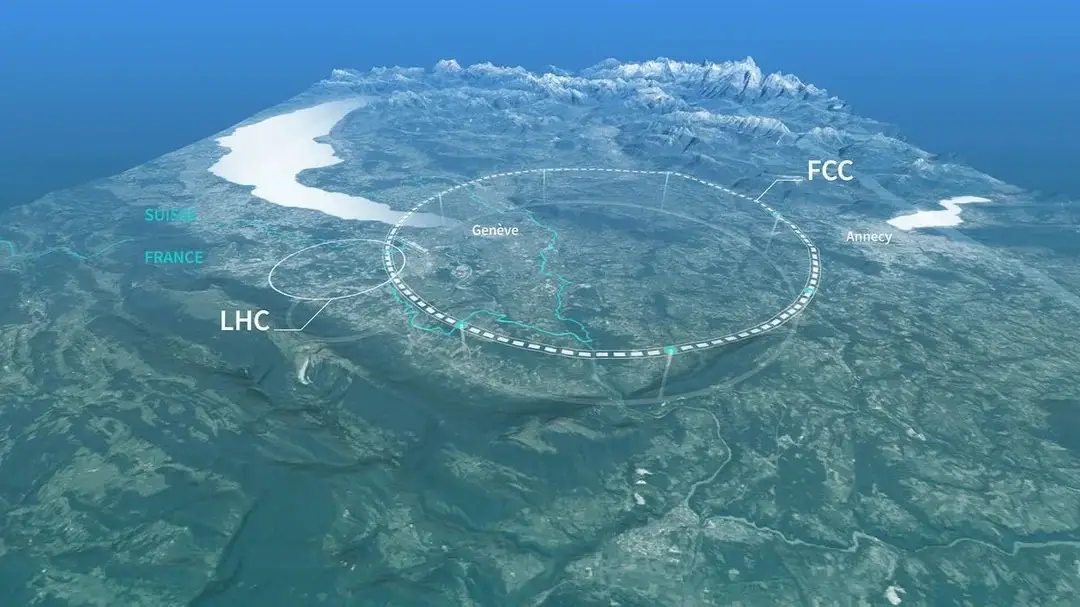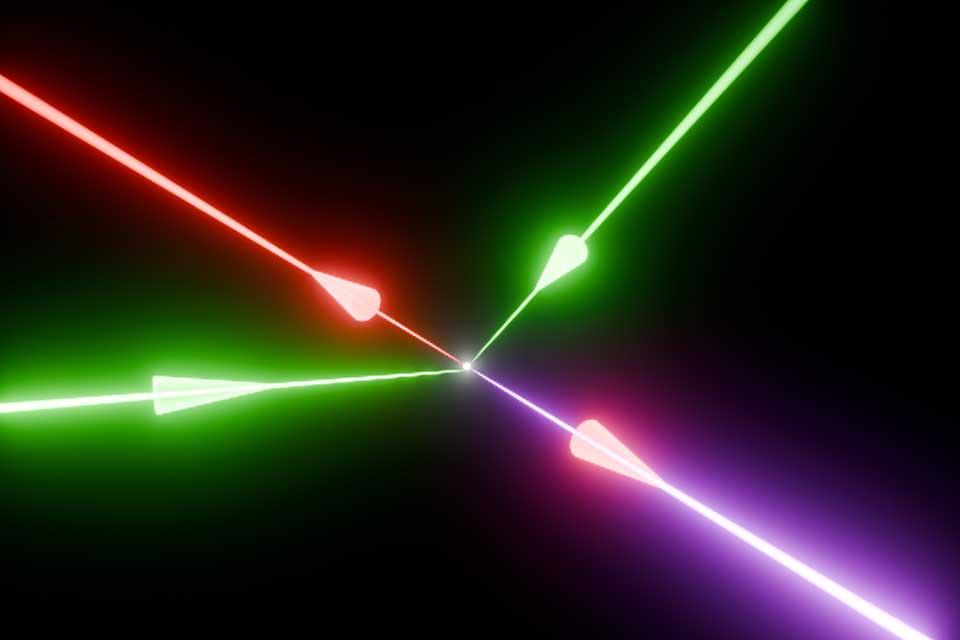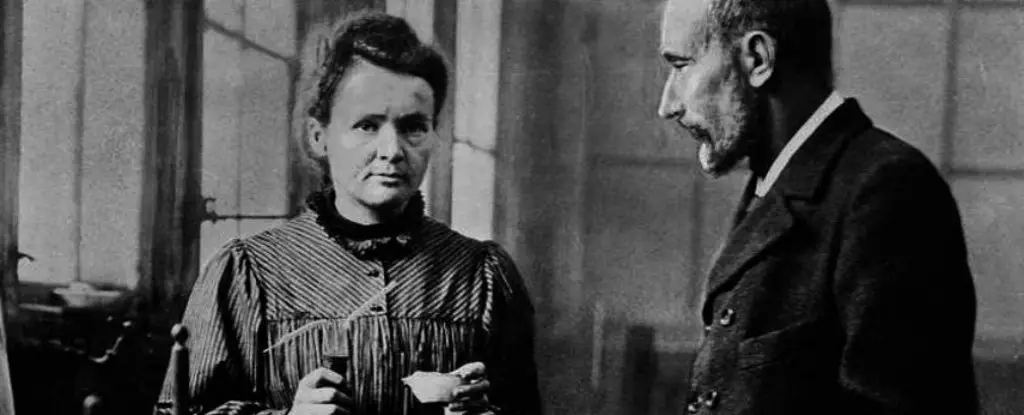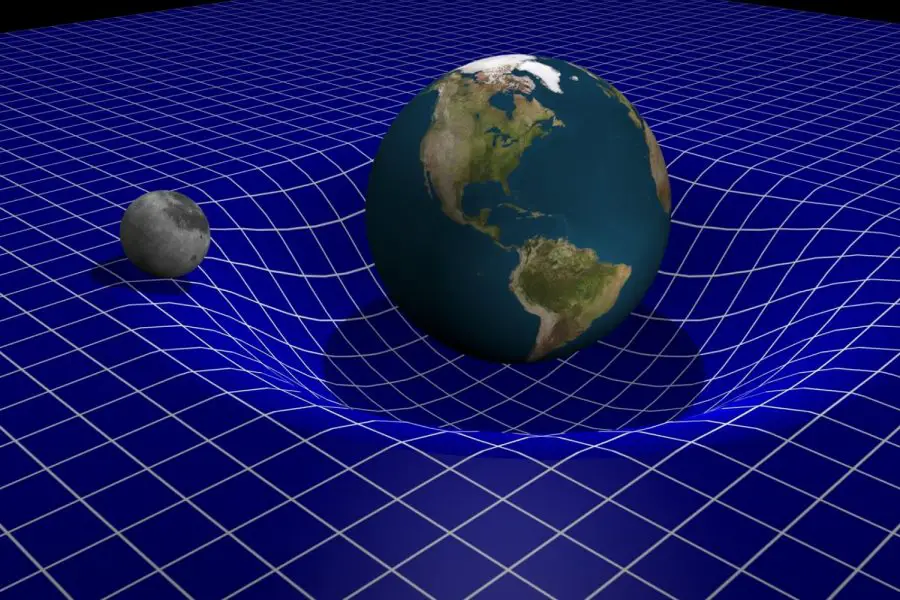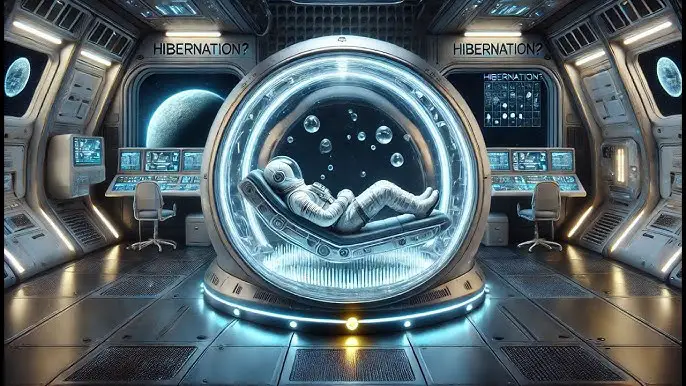A proposed 91-kilometer particle collider could smash protons with seven times the energy of the LHC.
Key Takeaways:
- CERN has proposed a $17 billion Future Circular Collider (FCC) that would be three times larger than the LHC.
- The FCC aims to reach 100 tera electron volts, far surpassing the LHC’s 14 TeV energy levels.
- Scientists hope the collider will uncover new physics, including dark matter and the matter-antimatter imbalance.
- The first phase, an electron-positron collider, could launch in 2045, with full proton collisions by the 2070s.
- Some physicists are skeptical, arguing the high cost may not yield significant discoveries.
_______
CERN, home to the world’s largest particle accelerator, has unveiled plans for an even more powerful machine—the Future Circular Collider (FCC). The proposed collider would be 57 miles (91 kilometers) long, making it three times the size of the Large Hadron Collider (LHC). With an estimated cost of $17 billion, the FCC aims to push the boundaries of physics by smashing particles at 100 tera electron volts (TeV), compared to the LHC’s 14 TeV.
Unlocking the Secrets of the Universe
Physicists hope that the FCC’s vastly increased energy levels will help answer fundamental questions that remain beyond the reach of the Standard Model of particle physics. These include understanding the nature of dark matter and dark energy, explaining why matter outweighs antimatter, and potentially discovering unknown particles and forces. The LHC made history in 2012 with the discovery of the Higgs boson, but the Standard Model still has major gaps, such as the origin of gravity and the makeup of the universe’s missing mass.
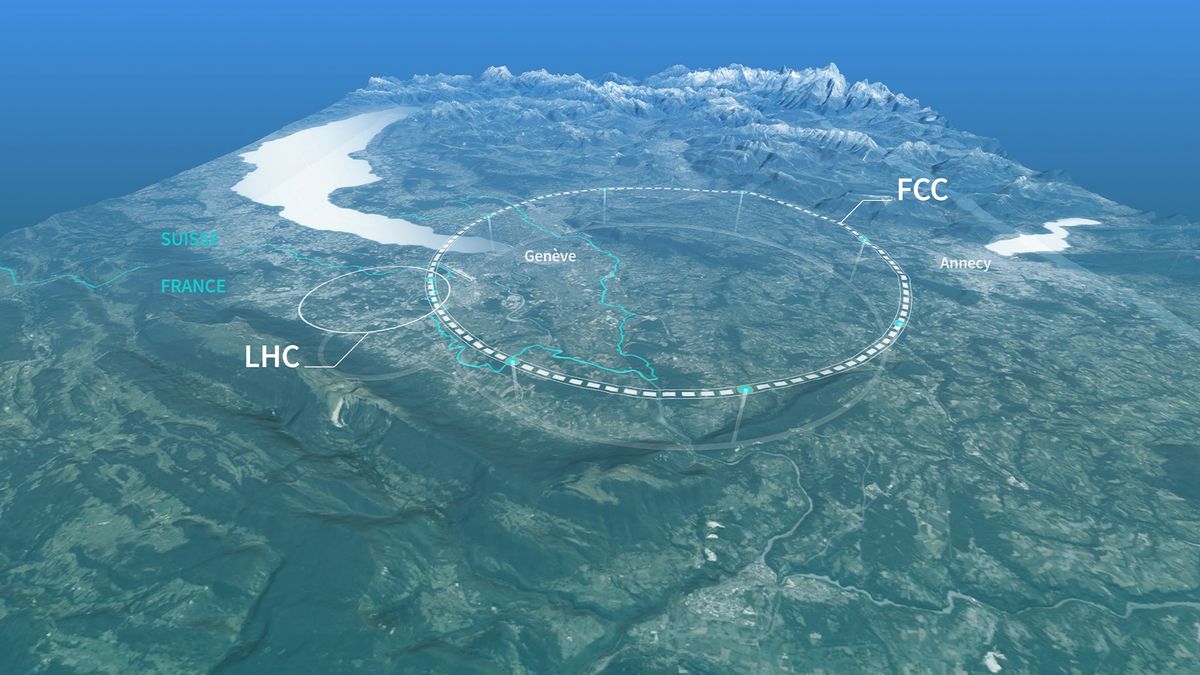
CERN’s Director-General, Fabiola Gianotti, emphasized that the FCC would not only deepen our understanding of physics but also drive technological innovation in fields such as cryogenics, superconducting magnets, and vacuum technology, benefiting society beyond fundamental research.
The Road to Construction and Scientific Debate
Although the proposal marks a major step forward, the FCC is still in its early stages. CERN is conducting a feasibility study, set for completion next year, after which member states will decide in 2028 whether to proceed. If approved, construction would begin in phases: an electron-positron collider operational by 2045, followed by full proton collisions in the 2070s.
Despite excitement over the project, some physicists remain unconvinced. Sabine Hossenfelder, a theoretical physicist, has criticized the high cost, arguing that it may not yield enough new discoveries to justify the investment. Others, however, believe that pushing the limits of particle physics is essential to advancing human knowledge.
Regardless of the outcome, the FCC represents one of the most ambitious scientific proposals in modern physics, with the potential to reshape our understanding of the universe in the coming decades.
